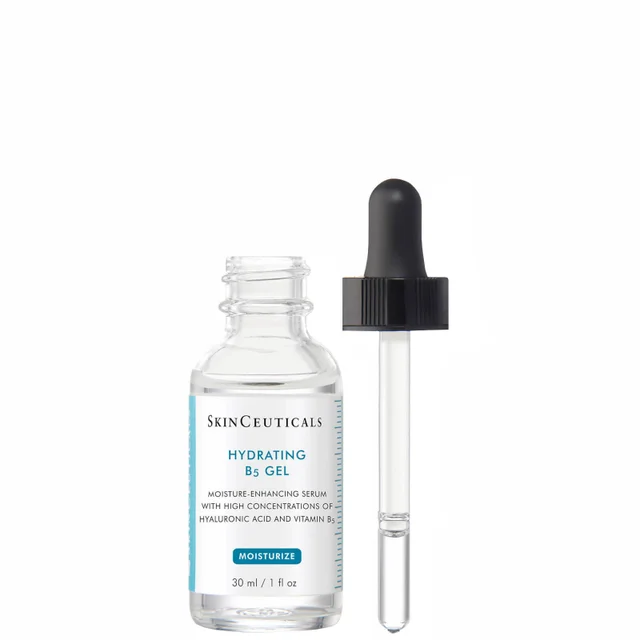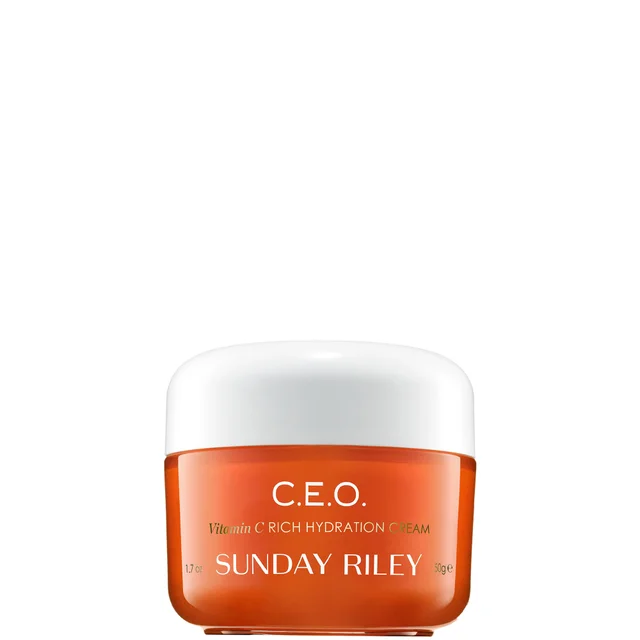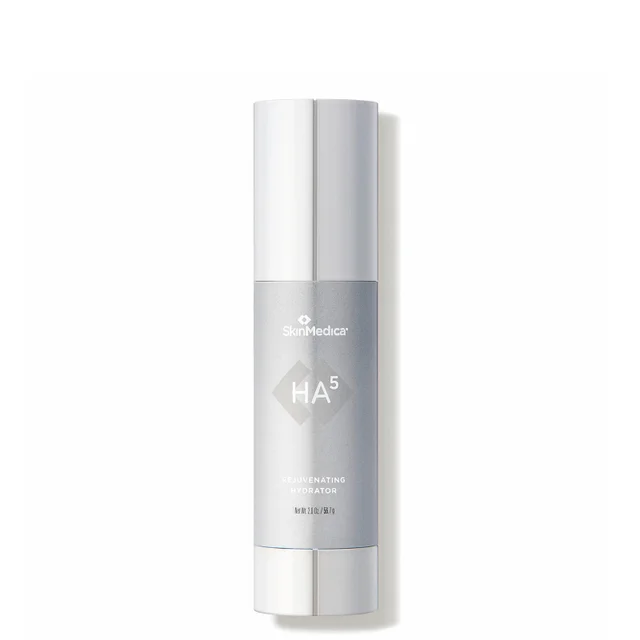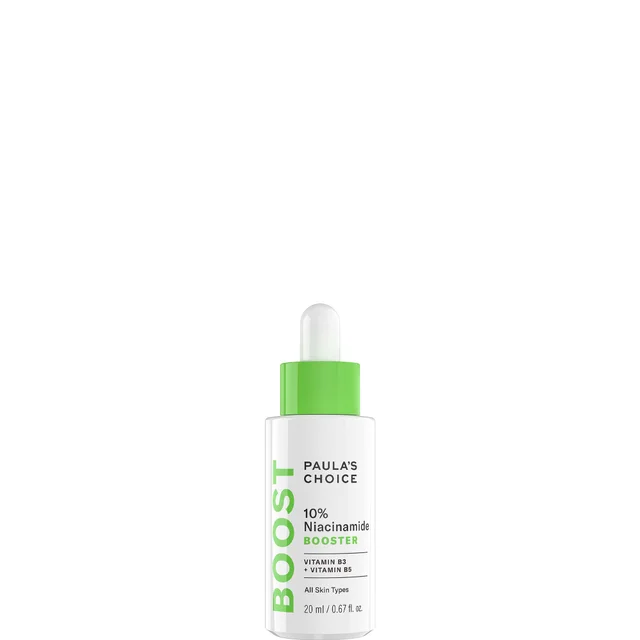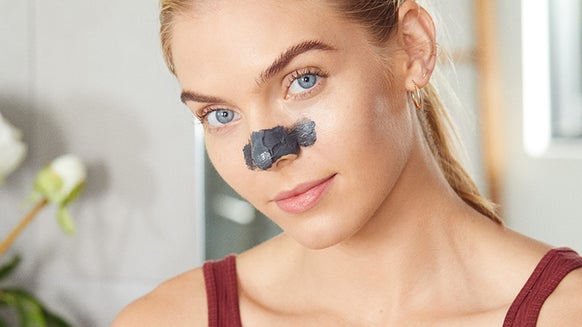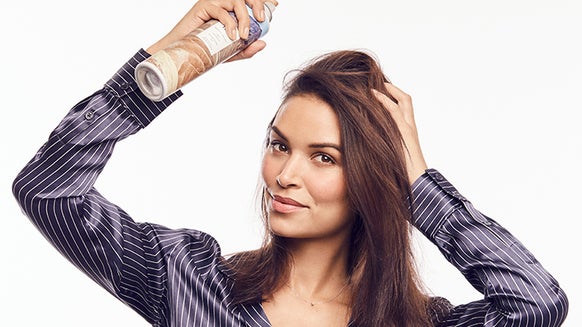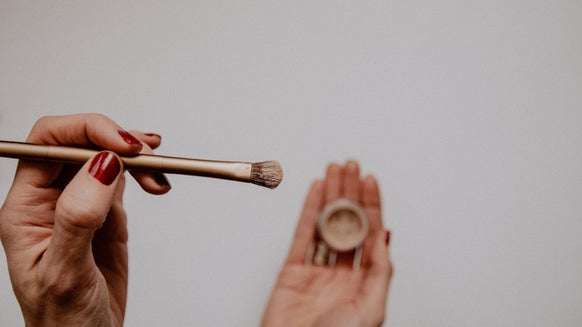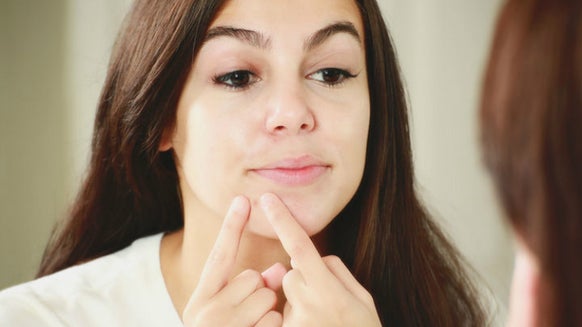4 Skin Care Ingredients That You Should Skip During the Day
When it comes to skin care, knowing which ingredients work best with your skin (and why) is key. But another equally important factor that you may sometimes forget to consider is when they should be applied. And we’re not just talking about mastering the art of layering different products and formulas for your daily skin care regimen (although that’s just as crucial too!). As it turns out, using certain ingredients at the wrong time could lead to even bigger problems, especially when exposed to the sun. Think dark spots, redness and irritation and even premature signs of aging. Yikes!
If you’re curious about which ingredients to look out for, we’ve got you covered. We turned to the experts to give us a rundown of skin care ingredients that you should skip during the day (and which ones you could use as substitutes). Follow along to find out if your go-to morning moisturizer should be saved for after-hours instead.
1. Retinol
This vitamin A derivative is universally hailed as an anti-aging superstar, thanks to its tiny molecular structure and antioxidant and exfoliating properties that help accelerate cell turnover, rebuild collagen and reduce dark spots, fine lines and creases. With enough sunscreen protection, newer formulations of retinol can be safely used during the day, but experts still advise limiting its use to nighttime especially for those who have sensitive skin.
“A well-known adverse effect associated with retinoid use is sun sensitivity, which is thought mainly to be due to a thinning of the outermost dead layer of skin cells,” explains board-certified dermatologist David Lortscher, M.D. “Retinol is extremely unstable and easily degraded to biologically inactive forms upon exposure to light and air.”
Instead, try: Beauty chemist and skin care expert David Pollock suggests looking into bakuchi (babchi) oil and myristoyl nonapedtide-3 as daytime stand-ins for retinol. “Both are gentler alternatives that have retinoic activity but without the irritation,” adds Pollock.
2. Hydroquinone
A lightening agent that delivers quick results, hydroquinone is typically relied on when looking to refine age spots, hormonally induced pigmentation or melasma and acne or pimple marks. It works by inhibiting the production of melanin, which can make skin more susceptible to sun damage. “Although hydroquinone is stable in sunlight, it’s not advisable to use it during the day as the sun’s skin-darkening effects are stronger than hydroquinone’s bleaching effect,” says board-certified dermatologist Caroline A. Chang, M.D., F.A.A.D., clinical assistant professor of Dermatology at Alpert Medical School of Brown University.
On the other hand, board-certified dermatologist Rhonda Q. Klein, M.D./M.P.H., F.A.A.D., says that while you can use hydroquinone during the day, it “needs very strict sun avoidance and high UVA/UVB protection as it will definitely make your [skin] more sensitive in the sun.”
Instead, try: If you’d rather play it safe while the sun is out, Dr. Chang recommends going the natural route with botanical lightening agents like kojic acid and licorice extract.
3. Citrus Oils
Citrus essential oils—like bergamot, grapefruit and lemon, to name a few—are often found in face and body care products like lotions and moisturizers and are known for their antioxidant, anti-acne and nourishing benefits. However, they can also be phototoxic, which means that when exposed to ultraviolet light, these oils can cause redness, inflammation and discoloration on your skin. “Citric oils contain furanocoumarins that greatly increase UV sensitivity, so they are not safe in the sun,” says Dr. Klein. “They may accelerate burns and cause phytophotodermatitis,” she adds.
Instead, try: If most of your go-to products contain citric oils, you may be left with very few options to use during the day. Not to worry as all you’re going to need is niacinamide. “It’s a well-known cosmetic ingredient that has been used traditionally for its lightening, anti-aging and skin barrier–building benefits,” says Dr. Lortscher. “And with several anti-acne mechanisms of action, niacinamide is thought to be a good agent for long-term acne care,” he notes. Not to mention, it helps protect your skin from UV damage!
4. AHAs/BHAs
Light chemical exfoliators like AHAs and BHAs are essential in keeping your pores clog-free and refining wrinkles and dark spots. They help encourage cell turnover, allow for better absorption of products by getting rid of your skin’s dead and damaged cells and are best known as the saviors of acne-prone skin. But if you’re thinking a quick peel before stepping out of the house in the morning couldn’t hurt, experts say you may need to proceed with caution.
“These acids exfoliate, thereby shedding top layers of skin and revealing skin underneath, making it more sensitive to sunlight,” says Dr. Klein. “You can use them during the day, but it is essential to avoid the sun and use daily sunscreen—particularly physical sunscreens—to block UV light from reaching your skin” she explains.
Instead, try: While AHAs and BHAs only cause minimal photosensitivity, you wouldn’t want to risk feeling that stinging sensation on your face while walking to your lunch appointment. Luckily, there are plenty of alternatives out there. According to Dr. Lortscher, azelaic acid—found in wheat, rye and barley—comes in handy during the day as it is “useful in the treatment of acne, rosacea, melasma and post-inflammatory hyperpigmentation and is not associated with the sun-induced reaction,” he says.
Pollock also recommends gentler options such as papain and bromelain enzymes (derived from papayas and pineapples, respectively) and “a complex of glucosamine, bamboo and pea extract that has shown to promote cell turnover.” But if you’d rather stick to AHAs and BHAs, Dr. Chang suggests using a lower concentration, instead, followed by a moisturizer and sunscreen.

Janeca Racho is a Journalism graduate with over 15 years of writing experience. After getting her start in public relations and advertising, she made the switch to freelance writing and began working for various lifestyle, fashion, and travel brands. Her love for all things skincare has led her to beauty reporting and research for the last ten years. Writing for several hair and beauty blogs, she reports on anti-aging staples, trending brands and products, must-have ingredients, and health and wellness.
